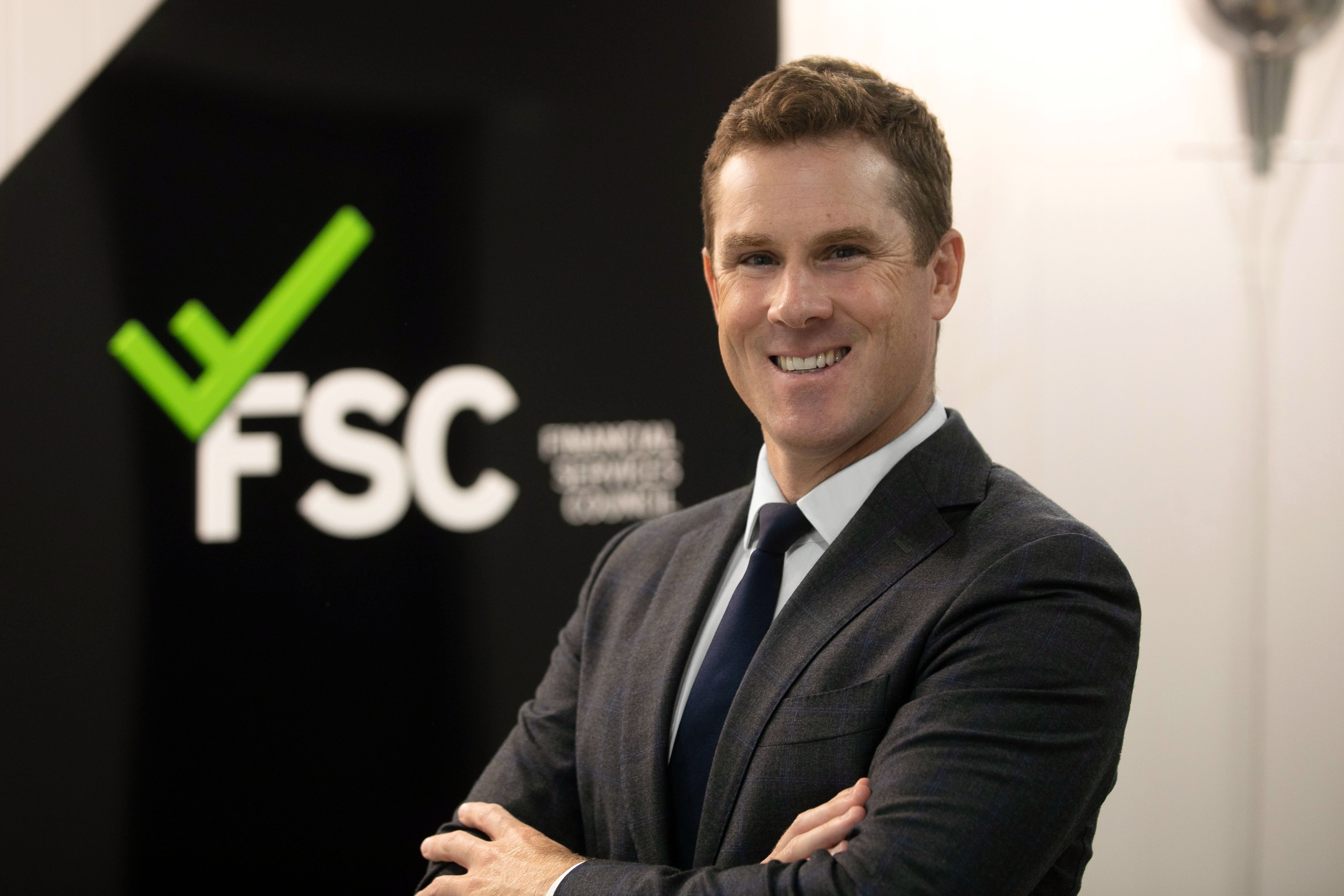Business case: Aged care bed costs to rise – for those ‘who can afford it’
By Leon Gettler, Talking Business >>
FROM NOVEMBER 1 this year, Australia’s aged care system will undergo a massive shift.
Basically, the Federal Government will be putting more money into it. But here’s the important part – families and aged care residents will be paying more too.
Michael Horin, a principal with Clarity Aged Care Advisors said the updated Aged Care Act will change everything.
“The premise of the new act is that aged care in Australia is not a profitable industry,” Mr Horin told Talking Business. 
“The latest figures that came out are that 30% of facilities are running at a loss and the quarter before that it was close to 50%.
“But overall, a lot of facilities are losing money. So the government has said, ‘We need aged care to be profitable. We’re an aging population and we need more beds to be built and more facilities to be built with more beds in Australia so we need to change the funding model for aged care’.
“And the government is taking on more of that responsibility, they’re chipping in more but what’s relevant for the resident or the consumer is the government is also asking the consumer to pay more.
“The underlying impact is that people will be paying more for aged care after November 1.”
Average $20k-50k more per year
So the rough estimate is that self-funded retirees will have to pay between $20,000 and $50,000 more per year to receive aged care.
All of that depends on the facility, the room within that facility and what the person’s means are.
“We live in a fantastic country and no-one is denied an aged care bed,” Mr Horin said.
“The government is essentially saying those that can afford it will be paying more for their care.”
All of this will depend on the person’s means. It’s built on a sliding scale.
Those considered to be low means with roughly less than $200,000 to their name and who don’t own a home, won’t be paying more for their care. And then it goes up from there.
The key issue here is that Australia is an ageing society. The bottom line, Horin said, is we need more aged care beds.
“The main statistic is that there are approximately 200,000 beds in Australia at the moment in aged care,” he said.
“By 2050, which is not far away, they are estimating we will need about 800,000 beds, so 300% growth there.
“And beds aren’t being built. Facilities are closing down faster than new ones are being built.
“So they want more facilities to build beds and that’s why the government is trying to make it a profitable industry to encourage investment in the industry.”
More Australians needing care
The issue is, more and more Australians will need aged care.
“Nobody chooses to go into aged care,” Mr Horin said.
“Aged care is not a choice, it’s a necessity. You go into care when you need 24/7 care available and that is happening more and more.
“The trend is people are staying at home longer and they’re going to care later. The government has put a whole lot of investment into home care, allowing people to stay in their home as long as they can, which is great for everyone.
“It’s great for the government too. It’s a lot cheaper to keep people’s care in their home than it is to fund them in an aged care facility. 
“But, ultimately, more and more people are ending up in aged care and we’re an ageing population – so we will need more beds.”
Hear the complete interview and catch up with other topical business news on Leon Gettler’s Talking Business podcast, released every Friday at www.acast.com/talkingbusiness
https://shows.acast.com/talkingbusiness/episodes/talking-business-33-interview-with-michael-horin-from-clarit
ends

 How to resolve AdBlock issue?
How to resolve AdBlock issue? 






